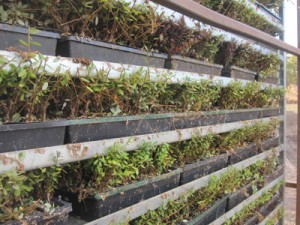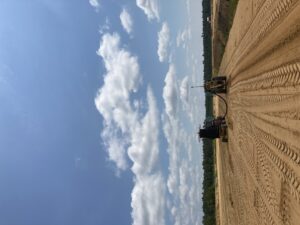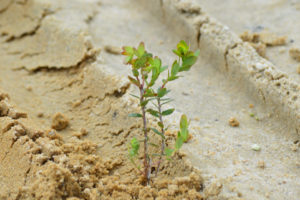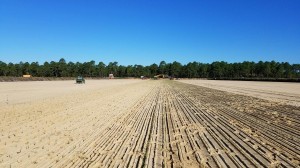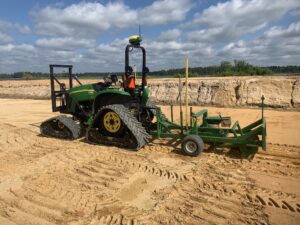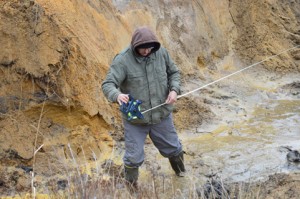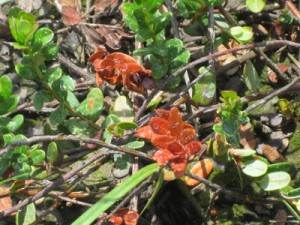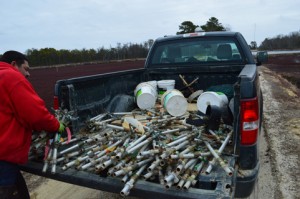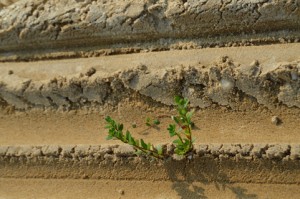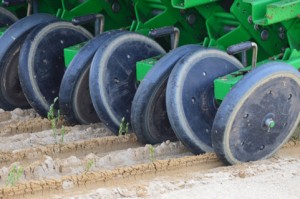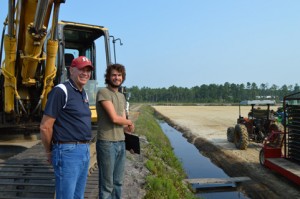Our team finished the summer planting at Red Road last week!
Pine Island used rooted cuttings, which means planting plants with roots already established. One of our concerns prior to getting the plants in is implementing an irrigation program (both with ground water and sprinklers) that provides moisture for vine growth without causing excessive soil saturation, which can lead to favorable conditions for phytopthora, which in turn can lead to fruit or root rot.
Our renovated acreage at Red Road has been planted with the Haines variety, which has been yielding good results for us. “We put in about 15 acres this time,” says manager Mike Haines. “We’ve already planted like 50 acres of Haines over there, so it’s nice that it’ll all be uniform. We can treat it all the same way and harvest it all together around mid-season, as it’s Haines is a mid season ripening variety.”
The planting process is always the same: rooted cuttings are taken from the cart and loaded onto the planter. Team members seated on the planter drop the vines into the carousel and then the vines are distributed into the pre-dug furrow. The planter is followed by other crew members, who make sure that the vines have been placed correctly. Running the planting operation is a true challenge: coordinating everything, getting the right plants at the right time with the right people, constantly adjusting the planters, and identifying problems and how to fix them.
Our team had discussed the possibility of using our new GPS system for planting, but ultimately decided against it. “The tractor didn’t have enough horsepower for the poly puller,” says COO Bryan vonHahmann.
The bogs will take about four years to reach full production, and we anticipate another excellent result!

